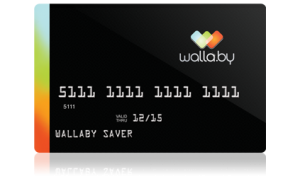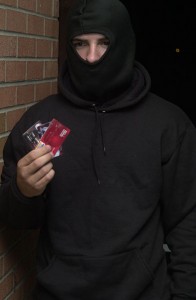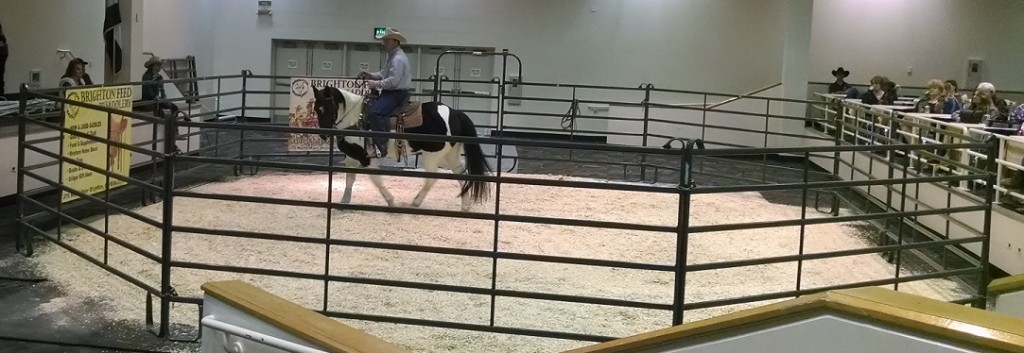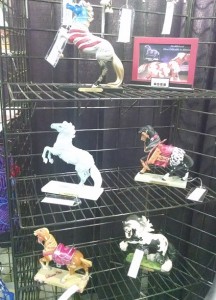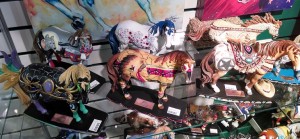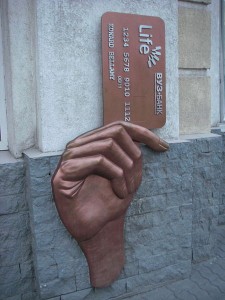
Bellamy from Wikimedia Commons
In the process of conducting research for this series of blogs, we learned a lot of credit card trivia. We wanted to share this “trivial” information with you so you can astound your friends when someone whips out plastic to pay for a purchase.
It was Edward Bellamy’s utopian novel Looking Backward, published in 1887, that first presented the concept of credit cards. In the book the cards were used to represent currency (dividend) owed the citizens by the government.
In the late 1800s and early 1900s many large companies offered some sort of credit to their established customers. Customers could make a purchase and be charged for it later, but this left each company with the burden of managing their own credit ledger and the risk of vetting the customers it would extend credit to. Many industries jumped in on this practice and some had cards that were accepted by multiple merchants. Retail, dining and air travel were among the pioneering industries in this area.
In 1950 Diners Club rolled out a charge card that was more globally accepted and in 1958 this concept was further built upon by American Express. Both companies offered consumers the ability to charge a purchase, but the condition of the transaction was that the bill must be paid in full at the end of the month, making these charge cards, not credit cards.
In 1958 Bank of America rolled out the BankAmericard in California. This was the first card that truly embraced the concept of revolving credit where customers could pay off a purchase over time, so long as they were willing to pay interest. In 1966 several banks joined together to form Master Charge, the country’s second true credit card.
Industry pioneer Diners Club International did not have the clout of the companies that it competed against. While the Diners Card was an early adaptor and an industry leader, it was quickly trampled by American Express, Visa and MasterCard. In 1981 the Diners Club brand was sold to Citibank and in 2008 Citigroup sold the business to Discover Financial Services, which in 2011 converted all Diners Club Cards to the Discover brand.

Credit Cards
American Express is by far the oldest of the modern credit card companies. It was founded in 1850 by the same individuals who formed Wells Fargo. In fact, Wells Fargo was formed because not all of the share holders in American Express wanted to expand to California because in the 1850s there was no reliable way to get there. Thus the symbol of Wells Fargo is the stagecoach.
The Visa card has its roots going back to the Bank of Italy, which opened in San Francisco in 1904. Through acquisitions and mergers, Bank of Italy evolved into Bank of America and issued the BankAmericard to 60,000 customers in Fresno, CA in 1958. The BankAmericard program grew quickly and Bank of America licensed the card program to other banks. By 1970 the program was so large that Bank of America gave up direct control of the card in favor of creating National BankAmericard, Inc to manage the credit card platform. Even though the program had significant international reach, many foreign banks were reluctant to offer a “Bank of America” card to their customers and in 1975 the BankAmericard was rebranded to Visa.
In 1966 United California Bank (later known as the First Interstate Bank), Wells Fargo, Crocker National Bank and Bank of California formed the Master Charge alliance. In 1979 Master Charge was rebranded to MasterCard. Both Visa and MasterCard became independent companies, separate from the control of the banks that created them, in 2006.
The Discover Card is the youngest of the credit card giants. It was created in 1985 by Sears, which had been around since 1893. In the early 1980s Sears was America’s largest retailer. In addition to its brick and mortar retail business and the catalog business, Sears also owned insurance companies, brokerages and banks. The Discover Card was created as a credit card for America’s largest store. Overnight it was accepted at thousands of locations. It carried no annual fee, which was very uncommon at the time, and rewarded the consumers with a Cashback Bonus. To integrate itself further into the consumer landscape, Sears made the card available to any merchant who wanted to accept it with fees significantly lower than those of Visa and MasterCard. Still, there was resistance in the market as other retailers believed that accepting the Discover Card would serve only to help their direct competitor and in 1993 Sears was forced to spin off its financial division to give up direct control over the Discover Card.
Early on the individual charge and credit card programs issued card numbers to their customers starting with the number 1 and counting up. Consolidation in the industry created conflicts and card numbers evolved over the decades. Today’s credit card numbers are subject to the standards set by the American National Standards Institute. They are generally 13, 15 or 16 digits in length, although the actual recent historical range is from 12 to 19 digits. The first six digits are called the “Issuer Identification Number” and can be used to reference the financial institution that issued the card. The rest of the number is generated by the issuer to uniquely identify the card holder. A savvy card owner will know that all American Express cards start with the number “3”, all Visas start with a “4”, all MasterCards start with a “5” and all Discover Cards start with a “6”.
Additionally, all of these financial institutions rely on the Luhn Algorithm to validate their card numbers. Before the electronic revolution which enabled instant verification and validation of the account and before the “knuckleduster” slides that created a card imprint, all paperwork was done by hand. It wasn’t uncommon for a clerk to transpose or drop numbers as they scribbled information out in a hurry. The Lunh Algorithm was used to validate that the number written down is a potential card number, not a mistake or a fraudulent entry. The Luhn test was developed in 1954 by IBM scientist Hans Peter Luhn. It would allow a quick calculation against the card number and the checksum from that calculation had to match the last digit in the account. At the time this was the easiest way to validate that the number given was a potentially real account number, instead of a made up one.
So now you know the history of credit cards and together with a better understanding of what happened at Target and how your payments are processed at a Snaggy diMe, we hope that you will continue to trust the credit card system. Our greatest mission is to retain your trust, so that you continue to do business with us and as a part of this mission, we will continue to work closely with our partners to keep your financial information safe.
[whohit]2014-01-24 Credit Cards 5 – history[/whohit]





